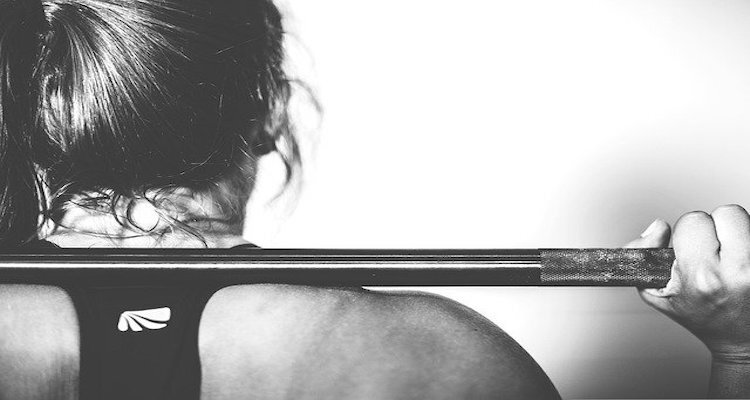
Habits form such a service in our lives, we rarely think about them. But then again, we think about them when we try to change them or form new habits to combat the old ones. Think about exercise or healthy eating – these are habits we might wish we wholesome and a natural part of our daily lives, but it is rarely the case. Though we are advised to think, deliberate, and consider many things in our life, we could do nothing without the habits we formed. We would overwhelm and swamp our lives. We can tie our laces, prepare our drinks, and so on without thinking about them.
Are we creatures of habit? Diary studies show that we repeat about 45% of everyday behaviours in the same location each day. Just think about where you eat, read the newspaper and exercise. Having a place to do the things you wish to do will help you repeat the behaviour. There are problems; however, with our belief systems, because even when we change our minds, we do not change our behaviour expectedly. What we mean here is that we might receive new and convincing information about a better way of communicating with other people. Our belief might be that this is worthwhile. Our old ways of communicating dominate, and we act out of habit rather than current beliefs.
The real challenge for us then is to realise that most of what we do each day is out of habit and thankfully so. We can make a cup of coffee or brush our teeth without thinking much about the activity or the process. The challenge comes when we need to change a habit or two but in the scheme of all things we do, this is not such a bad thing. Athletes on a basketball court or swimmers in a pool are performing desirable habits, mostly. Whatever little pieces we need, we can change without an overwhelming focus upon it.
The key processes involved in the change process is to assess where the person undergoing the change is located. What we mean here is that for the habit change to take place, we need the people to involve themselves in changing and working to enact change. This change process takes time and attention, and this self-regulatory capacity is costly, so we need sufficient energy to make change possible. That energy is physical, mental, and emotional.
Let’s say we wanted our squad to arrive earlier to training to allow sufficient time to warm-up and practise skills that would improve their performances. This extra time of deliberate practice would improve performance and the commitment of the squad towards a new higher standard. We could ask them to turn up earlier or we could create a rewarding environment for this new behaviour. Training begins at 7.30 pm but the conscientious athletes are on the training pitch at 6.45 pm. The training pitch is an environmental cue for the new behaviour. The reward can be intrinsic (a sense of accomplishment to be on the training pitch at 6.45 pm) and extrinsic (a reward from the coaching staff). They, the coaching staff, form this new habit with social contagion (i.e., everyone is turning up early for training, so I should too). A starting time for 7.30 pm really means a starting time of 6.45 pm.
Reference
David T. Neal, Wendy Wood, & Jeffrey M. Quinn. (2006). Habits: A Repeat Performance. Current Directions in Psychological Science, 15(4), 198–202. https://doi.org/10.1111/j.1467-8721.2006.00435.x
